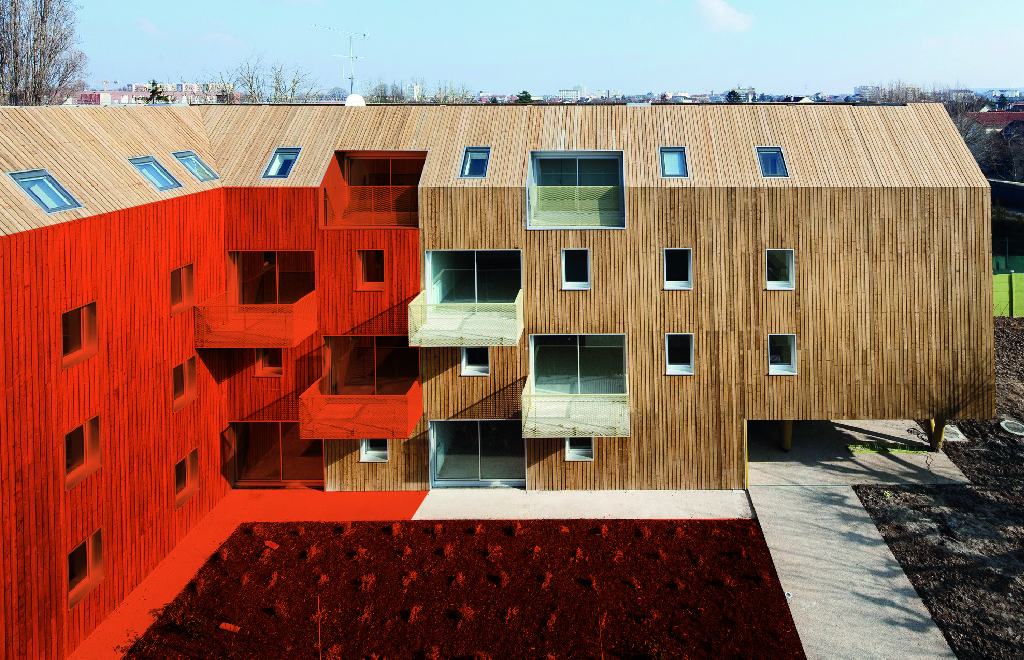RigenERPrato: sistemi di finanza a impatto come possibile soluzione all’Accoglienza Abitativa ?

Il progetto RigenERPrato, finanziato dal Dipartimento della Funzione Pubblica all’interno del Fondo Innovazione Sociale, mira a favorire il percorso di autonomia dei nuclei familiari in Accoglienza Abitativa nel Comune di Prato attraverso l’erogazione di pacchetti di servizi assistenziali e di supporto personalizzati che possano rispondere alle esigenze specifiche di ciascuno e la rimessa in opera di alcuni alloggi comunali da destinare all’Accoglienza Abitativa. Velocizzando questo percorso di autonomia e aumentando la disponibilità di alloggi, l’Amministrazione ambisce al contempo a ridurre la spesa pubblica per i singoli nuclei familiari coinvolti. Efficientare i servizi socioassistenziali erogati dalle Amministrazioni Comunali per ottenere un impatto sociale apre un ventaglio di possibilità per la sperimentazione di sistemi di finanza a impatto, i cosiddetti sistemi di “Outcome Payment” o “Pay by Results”. Per verificare se sussistono le premesse concrete per l’applicazione di tali sistemi all’implementazione del progetto, il Comune di Prato, insieme ai suoi partner Fondazione PIN – Polo di Prato dell’Università di Firenze, l’Edilizia Pubblica Pratese S.p.A. (EPP S.p.A) ed il Consorzio Fabrica del Gruppo CO&SO, ha coinvolto ARCO per condurre uno studio di fattibilità.
Lo studio di fattibilità
Il progetto era nato con l’idea di costruire un intervento innovativo sul tema dell’Edilizia Residenziale Pubblica (ERP). Da una prima raccolta dati e da analisi preliminari, condotte dai ricercatori di ARCO, è emerso però che l’intervento poteva non portare i risultati ipotizzati in termini sia di impatto sociale che di risparmio per il Comune, due dei presupposti fondamentali per strutturare un sistema di “Outcome Payment”, come ad esempio un Social Impact Bond.
Grazie ad un nuovo processo di analisi si è potuto individuare come nuovo ambito di intervento l’Accoglienza Abitativa, i cui costi rilevanti per il Comune permetterebbero un maggior potenziale di risparmio. L’Accoglienza Abitativa, infatti, rappresenta un costo elevato sia in termini di spesa per il reperimento degli alloggi, che in termini di contributi economici erogati ai singoli nuclei accolti. Facilitare la fuoriuscita delle famiglie da questo sistema significa diminuire la loro permanenza negli alloggi a carico del Comune, favorire una maggiore rotazione di tali immobili ed evitare situazioni di futura dipendenza dai contributi.
ARCO ha condotto un’analisi di tutte le banche dati messe a disposizione dal Comune, dai Servizi Sociali e dall’EPP S.p.a, che ha permesso di analizzare approfonditamente il bisogno sociale, strutturare l’intervento progettuale, stimarne il costo e il risparmio pubblico previsto per poi condurre una valutazione dell’impatto sociale potenzialmente generabile.
Sistematizzazione e digitalizzazione della raccolta dati
Per progettare sistemi Pay By Results, come appunto i Social Impact Bond, i dati sono assolutamente fondamentali ed è pertanto necessario saperli raccogliere, sistematizzare, analizzare ed interpretare in modo scientificamente rigoroso. Per questo, la seconda linea d’intervento di ARCO all’interno del progetto RigenERPrato ha riguardato la sistematizzazione e digitalizzazione degli strumenti di raccolta dati per il percorso di Accoglienza Abitativa, attraverso la realizzazione della Scheda Digitale per l’Accoglienza Abitativa per il Comune di Prato. Questo strumento ha permesso di ottimizzare la raccolta e la gestione delle informazioni relative ai beneficiari del servizio. L’obiettivo principale è stato migliorare l’accessibilità e la fruibilità dei dati per gli operatori sociali, facilitando il monitoraggio e la valutazione delle famiglie assistite, oltre a fornire strumenti più oggettivi per la programmazione degli interventi.
Grazie alla nuova scheda digitale, è stato possibile aggregare i dati raccolti per analizzare le caratteristiche delle famiglie che richiedono il servizio di Accoglienza Abitativa, il loro tempo di permanenza nei circuiti di assistenza e le fragilità più ricorrenti. Inoltre, la costruzione di specifici indici ha reso il processo decisionale della commissione più informato e trasparente. La collaborazione è proseguita anche dopo la conclusione di RigenERPrato, inizialmente con una fase di transizione e successivamente con l’integrazione della scheda digitale all’interno dell’intranet del Comune di Prato, la cui introduzione ufficiale è prevista per aprile 2025. Durante questa fase ponte, tra dicembre 2023 e dicembre 2024, gli assistenti sociali del Comune hanno compilato 301 schede, contribuendo a costruire una base dati strutturata per monitorare l’evoluzione dei nuclei familiari e il loro percorso verso una maggiore autonomia.
Per avere una panoramica più ampia delle azioni intraprese durante lo svolgimento del progetto è possibile leggere la pubblicazione qui:
Scopri l’Unità di Economia Sociale